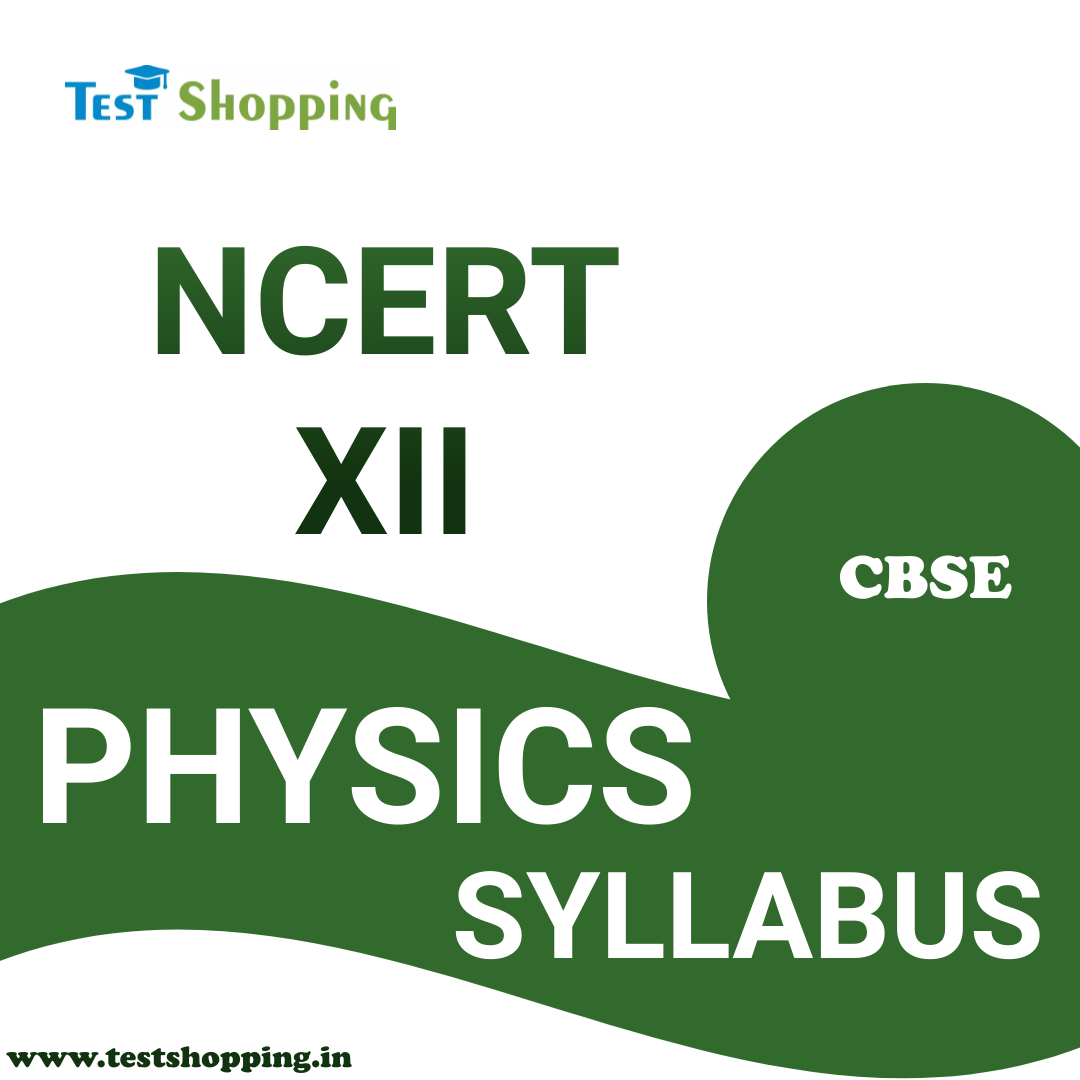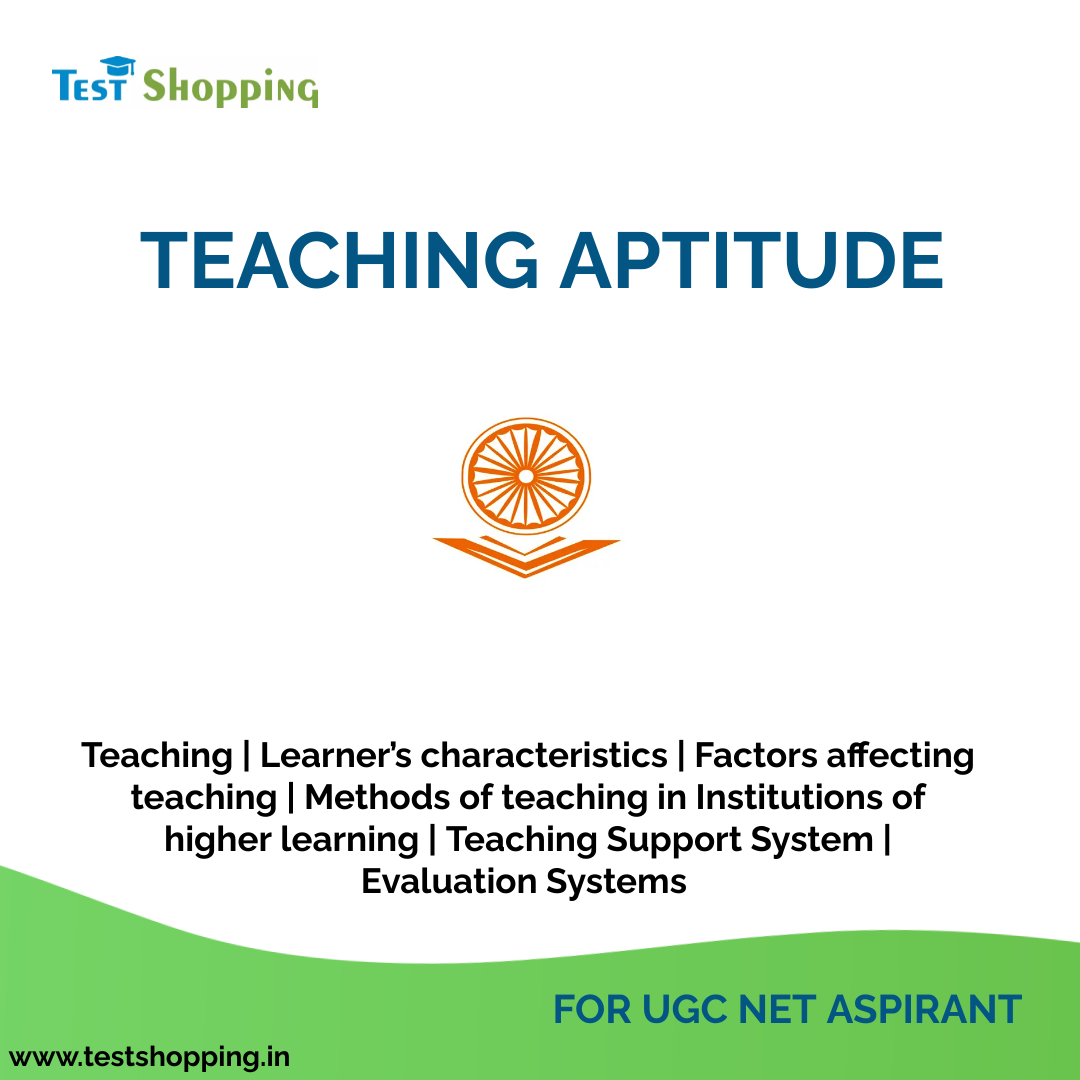UGC NET Research Aptitude Lateral Thinking Reformer
Created by
admin
In
UGC NET
14 February 2023
UGC NET - RESEARCH APTITUDE
"LATERAL THINKING REFORMER – Dr. EDWARD DE BONO"

Edward de Bono was born in St. Julian's Bay, Malta on the 19th of May. The son of Dr. Joseph Edward de Bono, a physician and Josephine Burns de Bono, an Irish journalist. Edward conducted his undergraduate studies at the Royal University of Malta, Attaining a B.Sc. in Medicine in 1953. He completed his M.D in 1955. Edward won the prestigious Rhodes scholarship in 1955, the scholarship helps promising students from nations around the world to study at Oxford.
While studying at Oxford University, Edward was awarded an MA in psychology and physiology in 1957, and a D.Phil. in 1961, he spent some time working as a research assistant. In 1961 Edward moved to London, to work as a lecturer for the University of London for two years. In '63 Edward joined Cambridge University; He gained a Ph.D. in medicine during his time here from Trinity College. He also held faculty appointments as assistant director of research for a time, while lecturing in medicine. He married Josephine Hall-White in 1971 and the couple went on to have two sons. On 1980, Dr de Bono set up the School of Thinking in New York.
Dr. Edward de Bono – Lateral Thinking is defined as “a way of thinking which seeks the solution to problems through unorthodox methods, or elements which would normally be ignored by logical thinking”. All of the lateral thinking techniques have been designed to make an individual look at something from a different perspective Lateral thinking is an attitude of the mind to generating new ideas and solving problems, supported by unconventional thinking techniques. The lateral thinking involves problem solving or reasoning through an indirect or creative approach outside of the traditional route of pure logic. In other words, it also implies the usage of one’s right brain (which is associated with creativity) in addition to the common emphasis on the usage of the left brain (which is associated with logic). Creativity as a concept is also oft-neglected by parents and teachers alike over the course of a child’s education, whereas it can be a tremendous asset to him or her in his or her later years, both in terms of problem solving and innovation. Some of the numerous benefits associated with creativity and lateral thinking are as follows:-
1. Development of a better sense of self as well as social and emotional maturity
2. Greater confidence in tackling challenges in the classroom and outside of it
3. Increased focus and concentration
4. Better performance in academics
5. Excellence in areas of passion or aptitude.
In lateral thinking, for Elementary School Level three most important points for the elementary teacher to remember are: Keep a high level of interest through choice of item and also interaction with the students, Keep in mind the purpose of the lesson and the thinking operation that is the subject of it and do not reject ideas. In lateral thinking, for Junior High School Level three most important points for the elementary teacher to remember are: Keep the lessons serious, deliberate and definite rather than playing around, Keep the lesson brisk and crisp, Provide by example definite guidelines and objectives so that the students do not flounder and Be quick to control facetiousness and laziness. If teachers feel that the class needs tightening up because the students have too high an opinion of their thinking skills, they may wish to use some of the test material provided. In lateral thinking at High school level, the material may be used in a number of ways. It may be used as part of Liberal Arts or General Studies programs. Some schools are using it as a core subject for Social Studies. The use of the material in high school classes introduces problems that are not apparent in the other groups. At this stage, the students have already been exposed to several years of secondary education. They are used to definite subjects with a deliberate content and syllabus structures.





